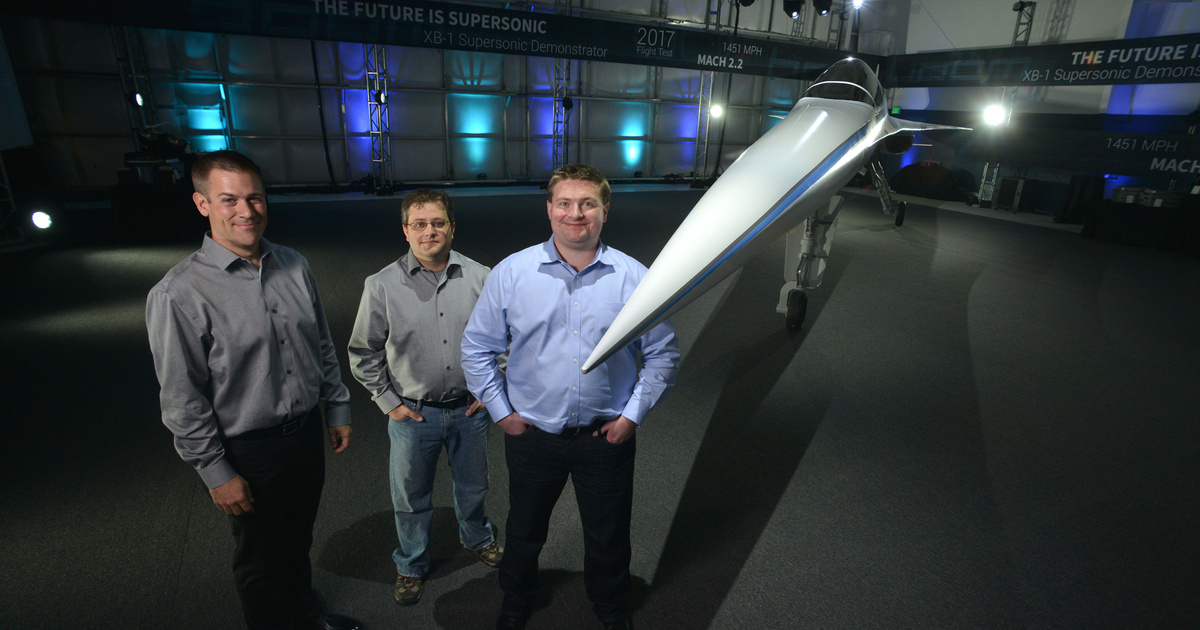The Boom Supersonic project, launched in 2014, has been trying to produce the world's first independently developed supersonic aircraft in ten years. CEO Blake Scholl A For CNN Travel He said: “They have very exciting months ahead of them.”
“I'm a big believer in making supersonic air travel back and making it accessible to all passengers on all possible routes. Of course, it doesn't happen overnight,” Scholl said, adding:
The hardest part of building a supersonic aircraft is ensuring that a smooth, slippery object can take off and land safely.
The XB-1 achieved all test objectives on its first test flight, such as safely reaching an altitude of 2,170 meters and a speed of 440 kilometers per hour.
According to Scholl, machines may soon reach the speed of sound:
They can travel at a speed of about 1,223 kilometers per hour, depending on altitude and temperature.
In order to achieve the goal, the machines will conduct 10-15 test flights over the next 5-7 months. CNN Travel reminds us that so far there have only been two supersonic civil aircraft in the world: the Soviet Tupolev Tu-144 and the British-French Concorde – the latter of which flew for the last time in October 2003, more than two decades ago.
The advent of digital engineering plays a large role in the return of supersonic flight. Both in the areas of aerodynamics, materials and propulsion, where we have made significant progress compared to the Concorde
Scholl explained.
The CEO said in 2021 that his dream is for people to one day be able to “travel anywhere in the world” for $100 in four hours. Three years later, Scholl explained that Boom Supersonic aims to reduce flight times by at least half. The ultimate goal is to create “faster, more affordable, more comfortable, and more sustainable air travel.”
We will work on this so we can travel around the planet easily
He said.














































